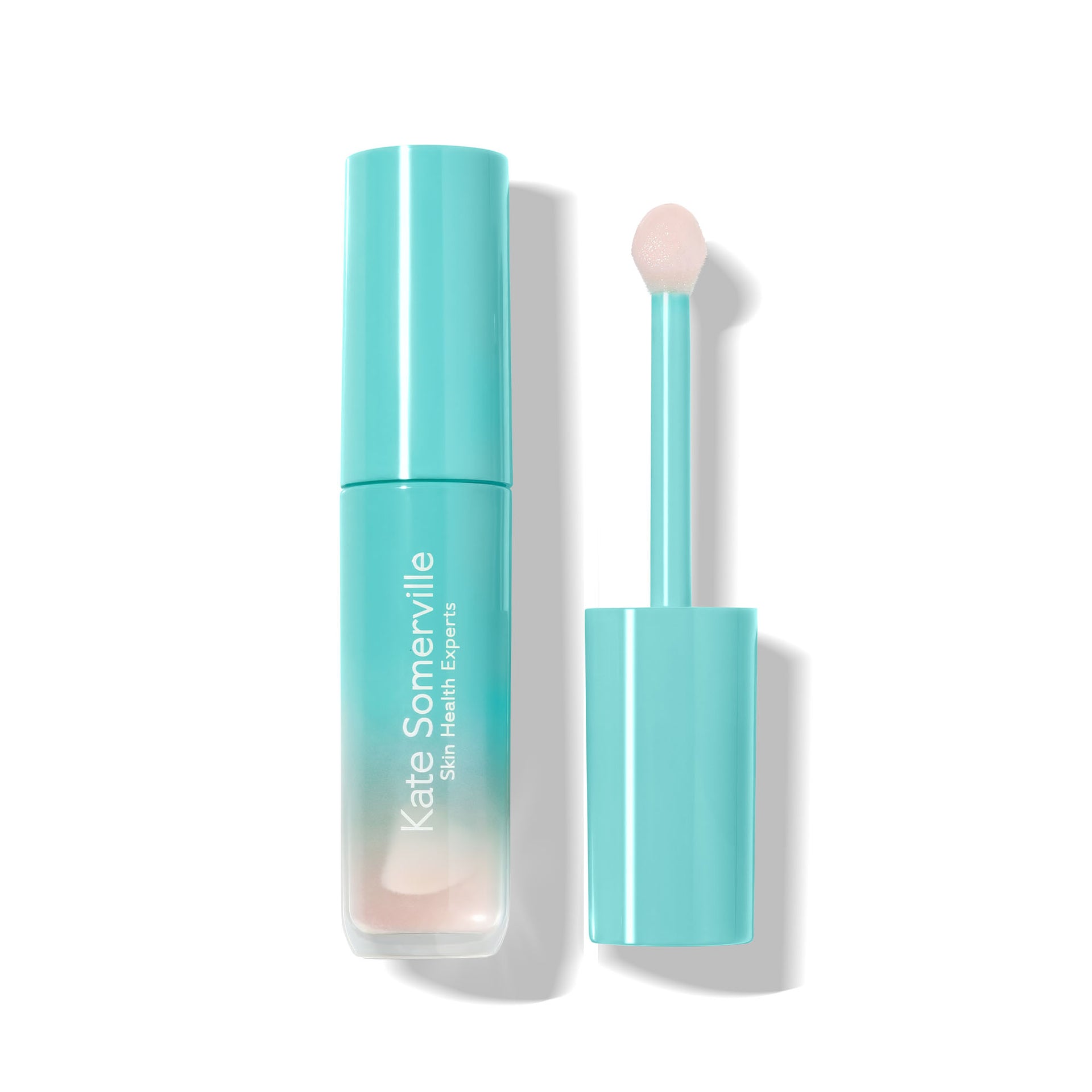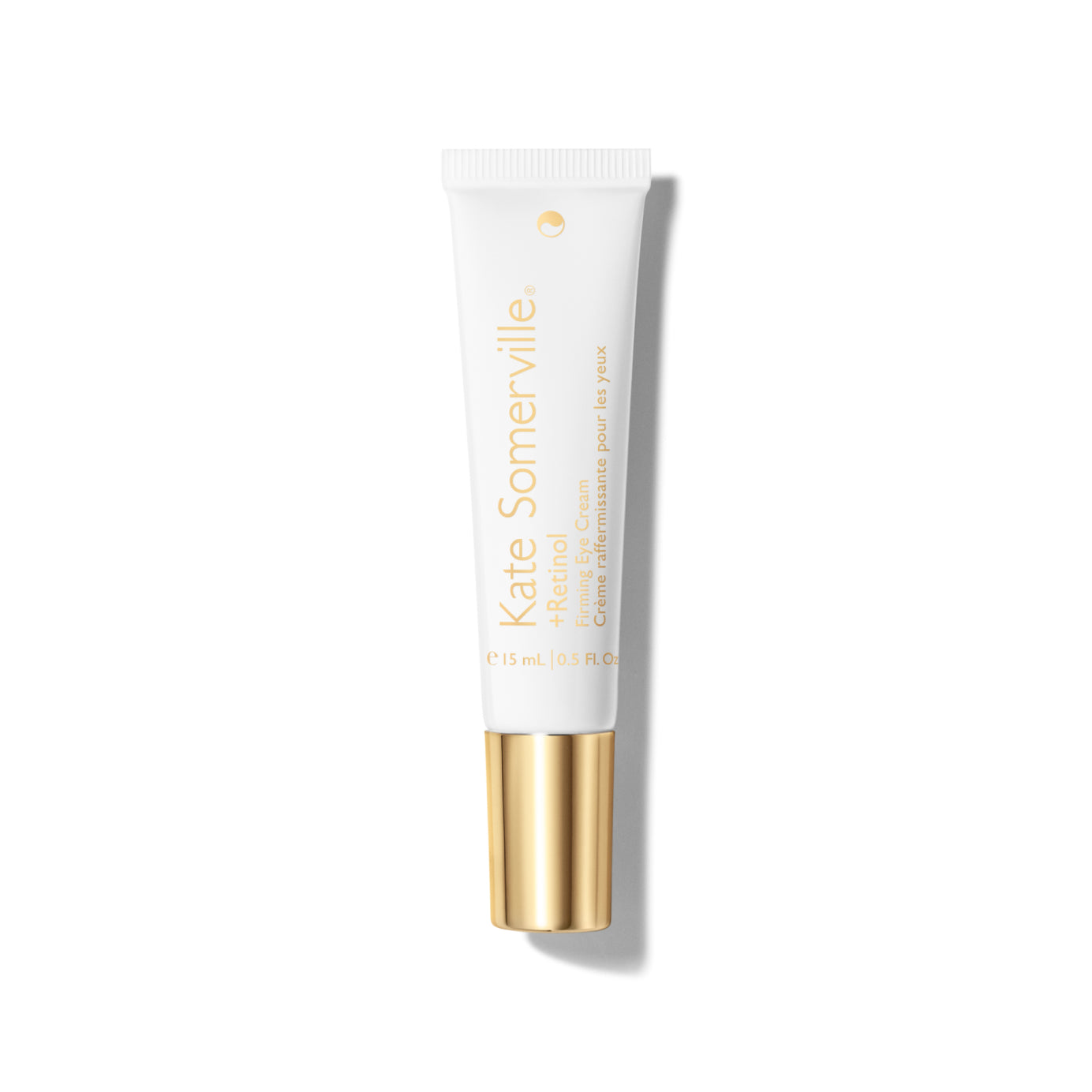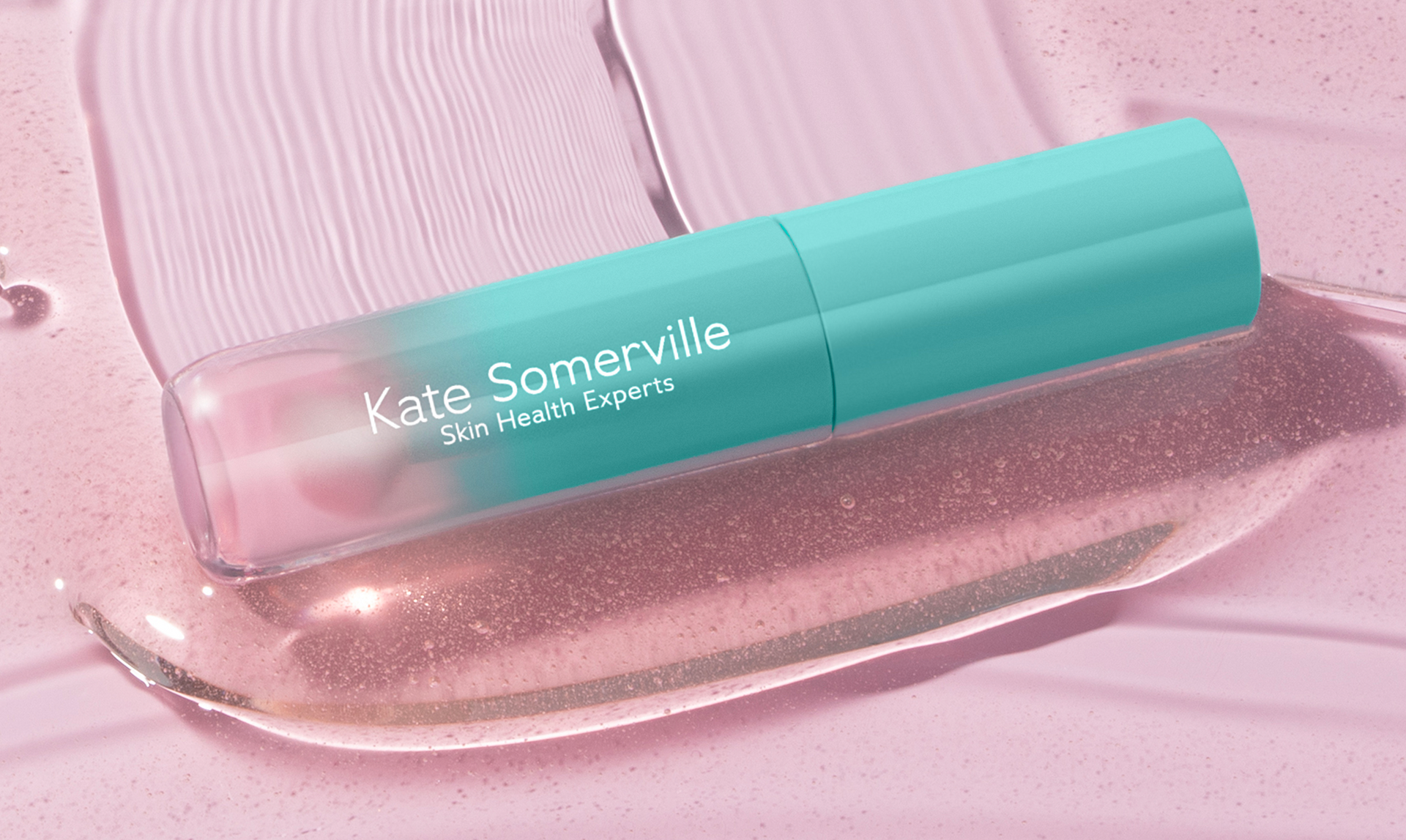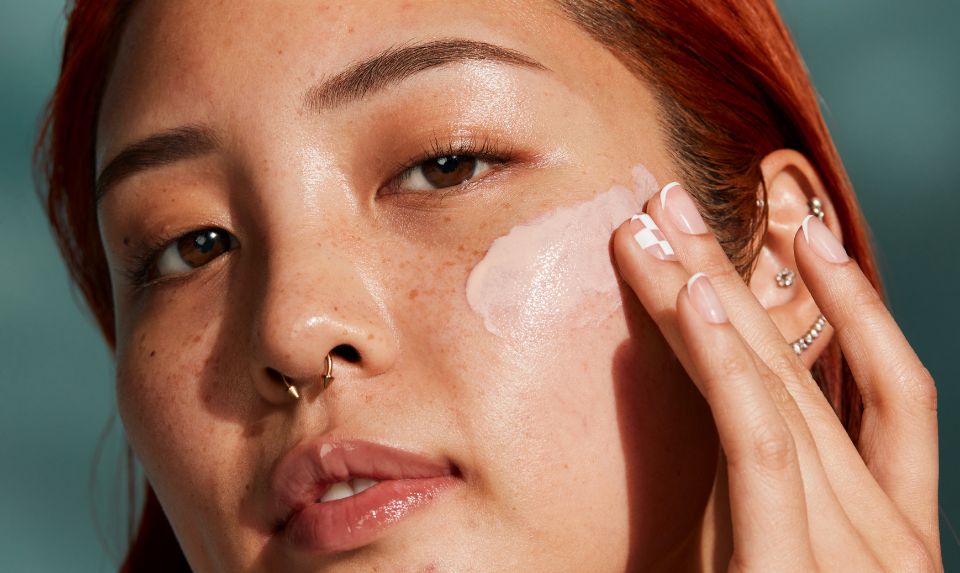How to Use Retinol: Essential Application Tips for Effective Results
Introduction to Retinol
Retinol is a skincare superhero that has risen to popularity for its transformative effects on the skin. Derived from vitamin A, retinol is a powerhouse ingredient known to improve skin texture, tone, and overall appearance. This vitamin A derivative has become a staple in many skincare enthusiasts' routines due to its proven efficacy in addressing multiple skin concerns. However, using retinol correctly is critical to achieving its full potential while minimizing potential side effects. In this guide, we'll delve into the essential tips for applying retinol effectively to have radiant, youthful skin. By understanding how to integrate retinol into your routine, you can enjoy its benefits while maintaining a healthy, balanced complexion.
What is Retinol and Its Skin Benefits?
Retinol is a form of vitamin A that penetrates deep into the skin, accelerating skin cell turnover and boosting collagen production. The benefits of retinol include minimizing the appearance of wrinkles, fine lines, and dark spots, making it a go-to solution for those seeking to reverse signs of aging. Retinol skincare also helps improve skin texture and tone, becoming a staple in many skin care routines for achieving a smoother, more even complexion.
Retinoic acid, the active form of retinol, works to encourage the shedding of dead skin cells and stimulate the growth of new ones. This process not only helps to rejuvenate the skin but also enhances the effectiveness of other ingredients like hyaluronic acid and vitamin C. When used correctly, retinol can be a game-changer for various skin concerns, from mild acne to sun damage, offering a versatile solution for a range of skin types and issues. Whether you're dealing with persistent blemishes or trying to hold off the effects of aging, retinol's multitude of benefits make it a perfect addition to any skincare regimen.
Step-by-Step Guide on How to Apply Retinol
Achieving optimal results requires a strategic approach when learning how to use retinol. Here's a step-by-step guide teaching you how to incorporate this ingredient into your routine effectively.
- Cleanse Your Skin: Apply a cleanser to remove oil, makeup, and dirt from your face. Avoid cleansers with harsh ingredients and make it more susceptible to irritation.
- Dry Your Face Completely: After cleansing, gently pat your skin dry with a soft towel. Make sure your skin is completely dry before applying retinol to prevent enhanced absorption that could lead to irritation.
- Apply a Pea-Sized Amount of Retinol: Squeeze out a pea-sized amount of retinol onto your fingertip. This small amount is sufficient for your entire face.
- Dot the Retinol: Place small dots of retinol Vitamin C moisturizer on your forehead, cheeks, chin, and nose. This ensures an even distribution of the product across your face.
- Spread Evenly: Gently spread the retinol from the dots outward, covering your entire face but avoiding the eye area and lips — instead, use the Retinol Eye Cream. Use upward and outward motions to ensure even application.
- Wait Before Applying Other Products: Allow the retinol to absorb into your skin for a few minutes before applying other skincare products. This helps the retinol penetrate effectively.
- Moisturize: Apply a moisturizer to create a barrier that helps to lock in the retinol. Consider moisturizers with ingredients like hyaluronic acid and ceramides to enhance hydration and soothe the skin. For an extra glow, use the Retinol Vita C Power Serum.
- Start Slowly: If you're new to retinol, start by using it only once or twice per week. As your skin builds tolerance, slowly increase the frequency of application.
- Protect Your Skin: In the morning, always apply a sunscreen with minimum SPF 30. Retinol can increase sun sensitivity, so using sun protection is essential to prevent damage.
By following these steps, you can incorporate retinol into your skincare routine, enjoy its numerous benefits, and minimize the risk of irritation.
Preparing Your Skin for Retinol
Before diving into retinol application, it's essential to prepare your skin to lower the risk of irritation. Start by cleansing your face with a gentle, non-irritating cleanser to remove any impurities and ensure a clean canvas. Avoid using exfoliating products or other active ingredients like glycolic acid or benzoyl peroxide, as these can increase the likelihood of skin irritation when combined with retinol.
Dry your skin with a soft towel, and wait for a few minutes to ensure you're fully dry. Applying retinol to damp skin can enhance its absorption, which might lead to increased sensitivity.
Applying Retinol for Best Results
When you're ready to apply retinol, start with a pea-sized amount. Remember, a little goes a long way with this potent ingredient. Dot the retinol on your forehead, cheeks, chin, and nose, then gently spread it evenly across your face — make sure to avoid the delicate eye area and lips. If this is your first time using retinol, start by using it one or two times per week, slowly increasing usage as your skin builds tolerance.
Then, apply moisturizer to ensure hydration and further reduce the risk of irritation. Opt for a hydrating moisturizer that contains soothing ingredients like ceramides or hyaluronic acid to support your skin barrier.
Tips and Tricks for Retinol Usage
Mastering the art of retinol application involves understanding the nuances of when and how to use it in your routine. By incorporating retinol correctly, you can maximize its benefits and minimize potential side effects. Proper application techniques, timing, and product pairings all play crucial roles in ensuring that your skin reaps the rewards of this powerful ingredient. Paying attention to these details will help you achieve smoother, more youthful-looking skin without the drawbacks often associated with retinol use. Remember, being consistent and patient are the keys to unlocking the full benefits of retinol.
When to Use Retinol in Your Routine
Retinol is best used in your nighttime skincare routine. The nighttime application allows the retinol to work its magic without interference from UV exposure, which can degrade the product and reduce its efficacy. Additionally, incorporating KateCeuticals Resurfacing Overnight Peel into your evening routine gives your skin time to repair and regenerate as you sleep, maximizing its rejuvenating effects. Using retinol at night also helps minimize potential sun sensitivity, ensuring your skin remains protected and healthy.
Always follow retinol with a broad-spectrum sunscreen during the day to protect your skin. This step is non-negotiable to protect your skin from potential damage and to maximize the benefits of retinol. By combining nighttime retinol use with diligent daytime sun protection, you create a balanced routine that promotes optimal skin health and radiance.
Common Mistakes to Avoid with Retinol
Using too much retinol can lead to skin irritation, dry skin, and flaking. Stick to the recommended pea-sized amount to avoid overloading your face and causing unnecessary skin irritation. Another common mistake is not giving your skin time to acclimate to retinol. Patience is key. Start slow and increase usage gradually so your skin can adjust — especially if you have sensitive skin.
Avoid combining retinol with other strong ingredients like vitamin C serum or exfoliating acids in the same routine, as this can increase the risk of irritation and compromise your skin barrier. Instead, alternate these ingredients on different nights to give time for your skin to reap the benefits of each without overloading it. By understanding and avoiding these popular mistakes, you can enjoy the transformative effects of retinol with minimal discomfort and maximum results.
Transform your Skin with Kate
Retinol is a transformative ingredient that can bring about remarkable improvements in your skin's appearance and health. By following these essential application tips and integrating retinol thoughtfully into your skincare routine, you can achieve effective and radiant results. To allow for the best outcome possible, it's important to tailor your approach to your specific skin type and concerns. Whether you're dealing with dry skin, oily skin, or sensitive skin, retinol can be adapted to meet your needs.
If you’re ready to transform your skin, try Kate Somerville’s Mega-A Skin Transforming Serum which uses retinal. When comparing retinal vs retinol, retinal is a more effective ingredient used to smooth, firm, and renew your skin. Discover the transformative power of Mega-A Skin Transforming Serum, featuring Retinal, a form of retinoid 11 times more effective than traditional retinol. Within just 7 days, expect your skin to become hydrated, smoother, and visibly healthier. After 4 weeks, experience a significant reduction in deep wrinkles, fine lines, and fewer breakouts. This retinal serum is gentle enough for daily use—even for sensitive skin types—and is designed to smooth, firm, and renew your skin efficiently. Achieve your most luminous and youthful complexion yet.
Sources:






















